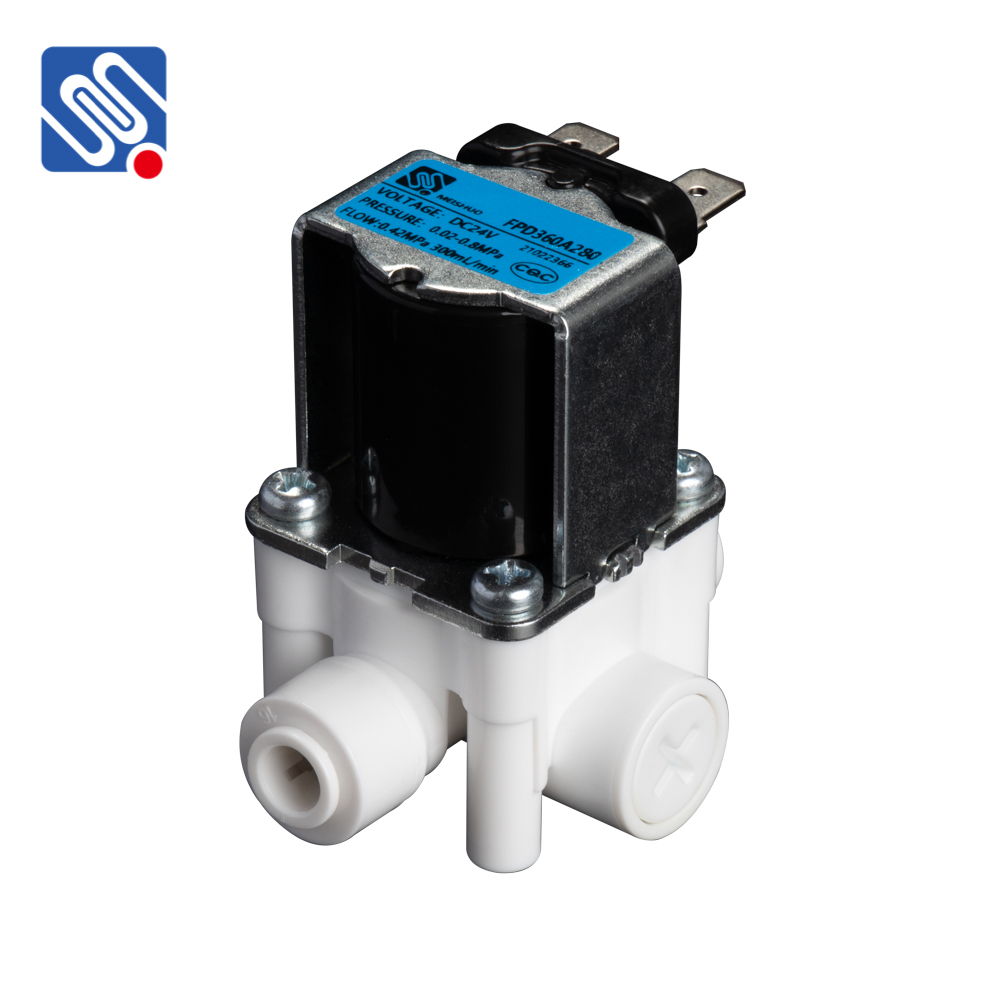The DC solenoid valve is a key component in fluid control systems, widely used in various industries for its reliability, precision, and efficiency. As a type of electrically operated valve, it utilizes direct current (DC) to activate a solenoid, which in turn controls the movement of a valve mechanism. This article will explore the working principle, applications, and benefits of DC solenoid valves, highlighting their importance in automation and industrial processes.

What is a DC Solenoid Valve? A DC solenoid valve operates through an electromagnetic solenoid, which is powered by a direct current. When current flows through the solenoid coil, it creates a magnetic field that moves the valve’s internal mechanism. This movement either opens or closes a valve, allowing or blocking the flow of a fluid or gas. Unlike their AC counterparts, DC solenoid valves are typically powered by a battery or DC power supply, making them suitable for applications where AC power is unavailable or impractical. How Does a DC Solenoid Valve Work? The working principle of a DC solenoid valve is relatively simple but highly effective. The solenoid consists of a coil of wire, and when an electric current flows through this coil, it generates a magnetic field. This magnetic field attracts or repels a metal plunger or armature, which is mechanically connected to the valve’s internal components. The movement of the plunger either opens or closes the valve, controlling the flow of the fluid.